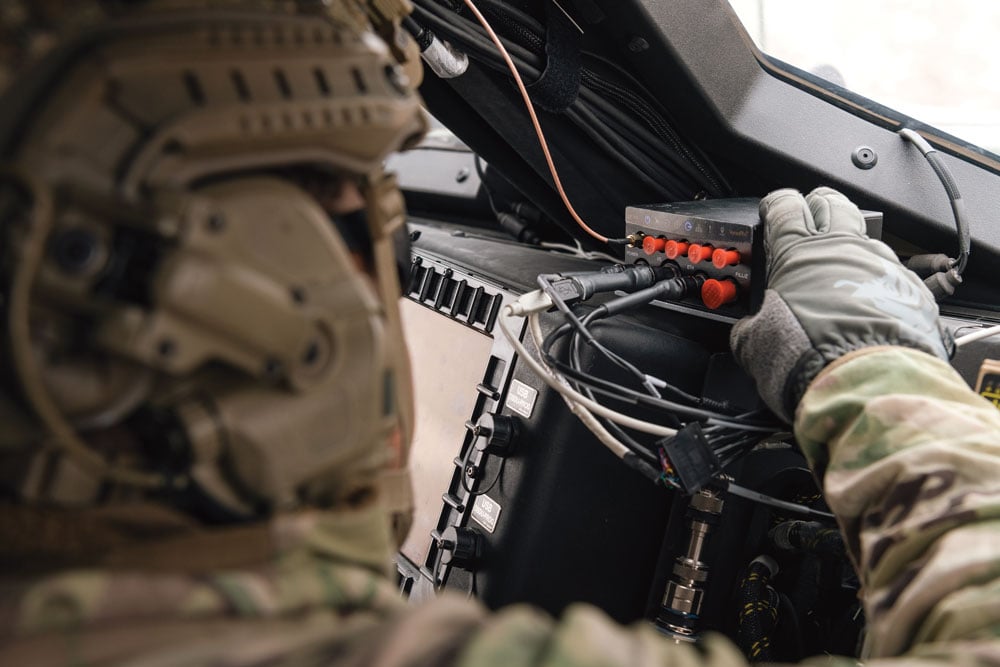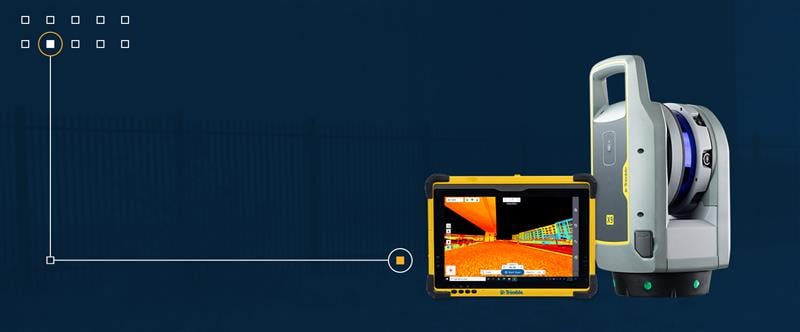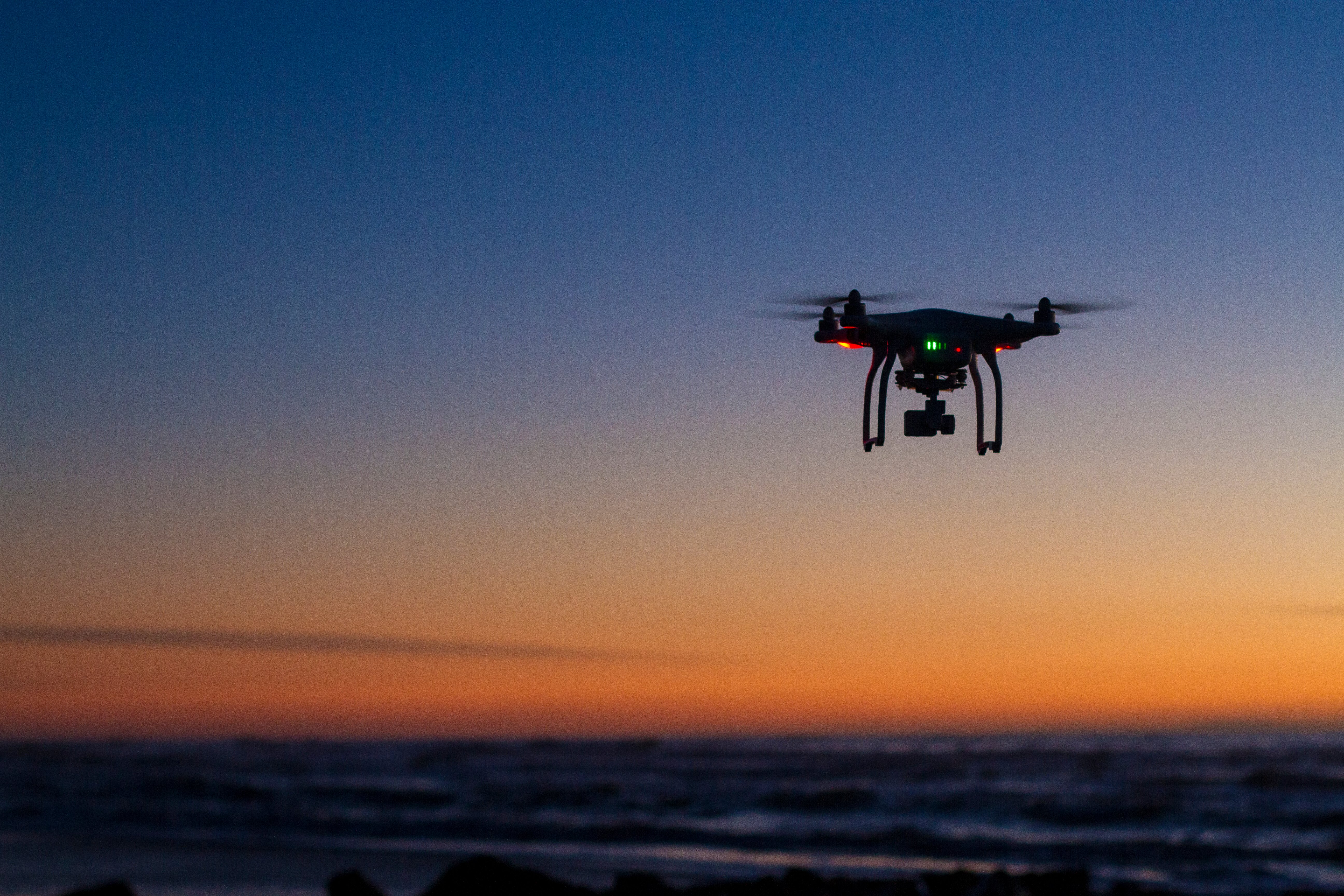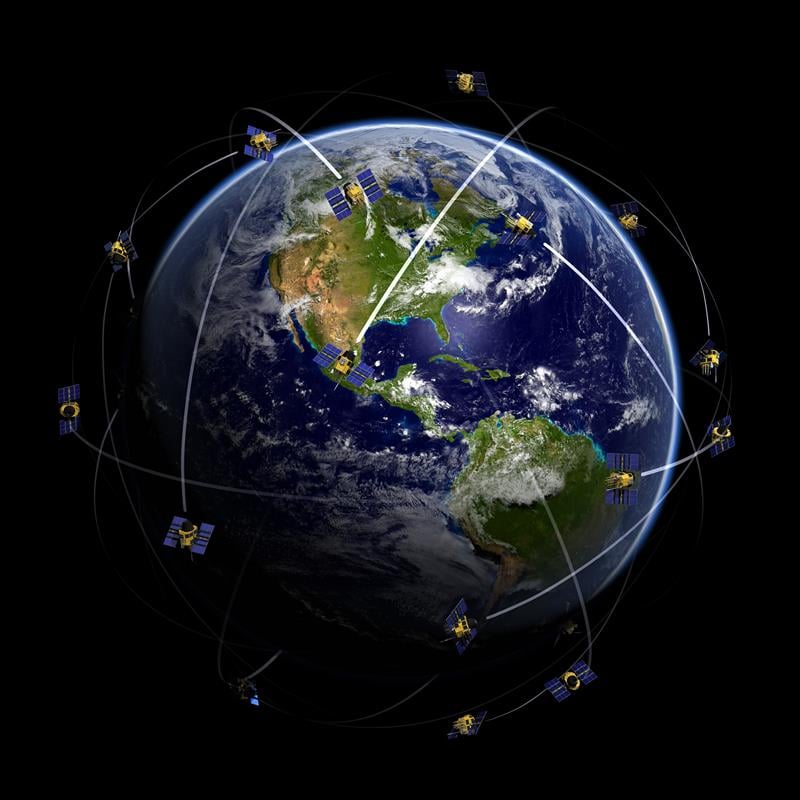Satellite Images Shed Light on Impact of Syrian Conflict
The ongoing Syrian crisis, which broke out in April 2011, has been a severe humanitarian disaster, with more than 190,000 deaths since the start of the conflict. However, evaluating the ongoing crisis in Syria is challenging, because reliable and comprehensive witness reports are hard to gather in a warzone. Therefore, satellite images, as one of the few sources of objective information, are potentially of great importance.
In their recent study published in International Journal of Remote Sensing, Xi Li and Deren Li analyzed the effect of the Syrian crisis on levels of night-time light as a means of evaluating and monitoring the conflict. By comparing the levels of light in March 2011 and February 2014 (see Figure 1), they found that in all of the provinces, the levels of night-time light had declined sharply following the breakout of the conflict. Indeed, in most provinces, the level of night-time light decreased by more than 60 percent.
Notably, the authors also found that the number of internally displaced persons (IDPs) from each province showed a linear correlation with the level of night-light loss. This relationship between the number of displaced persons and the drop in night-time light levels may allow for the quantitative estimation of the number of IDPs from other areas of conflict, such as Iraq, where the activities of Islamic State are causing significant civil unrest.
To find out more, access the full article online, free of charge.























Link to full article fails.